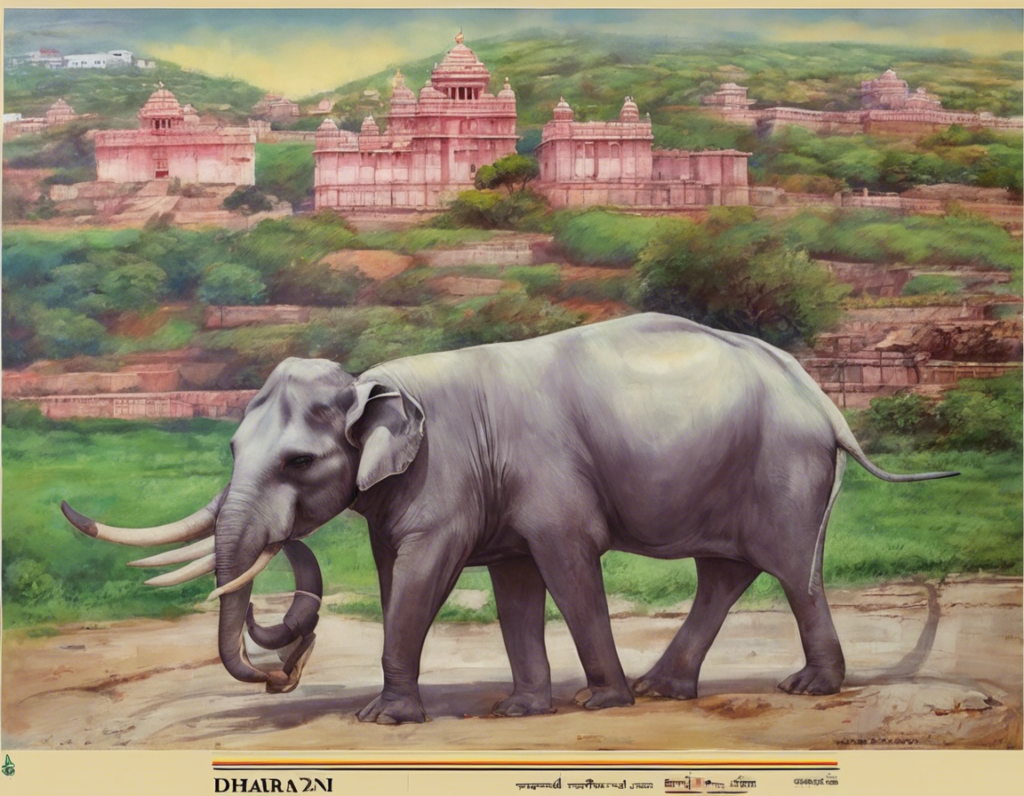Introduction
Telangana, a state in southern India renowned for its rich cultural heritage, is home to a plethora of traditional art forms, music, dance, and festivals. One such fascinating aspect of Telangana’s cultural mosaic is the Dharani culture. Dharani refers to the traditional folk songs sung during agricultural activities, primarily by women who engage in farming tasks like sowing seeds, transplanting seedlings, and harvesting crops. This cultural practice not only adds rhythm to manual labor but also serves as a means of communication, expression, and community bonding.
The Origin and Evolution of Dharani Culture
Hailing from a predominantly agrarian society, the Dharani culture in Telangana has deep-rooted origins that date back centuries. The songs are often passed down through oral tradition, with each generation adding new verses or tunes, thus ensuring the continuity of this unique art form. Dharani songs are characterized by a melodious yet rhythmic quality, with lyrics that typically revolve around nature, farming, traditions, and community life.
Significance of Dharani in Telangana’s Cultural Landscape
Dharani holds immense cultural significance in Telangana, as it not only reflects the region’s agrarian ethos but also serves as a medium for social cohesion and identity. These folk songs are often sung in groups, with women coming together during agricultural tasks to not only lighten the workload but also to celebrate their shared experiences through music and camaraderie. Dharani songs, with their simple yet profound lyrics, capture the essence of rural life in Telangana, showcasing the hardships, joys, and spirit of the farming community.
Themes and Variations in Dharani Songs
Dharani songs encompass a wide range of themes, including prayers for a bountiful harvest, expressions of gratitude towards the land, invocations to deities, and celebrations of nature’s beauty. These songs are often sung in a call-and-response format, with a lead singer initiating a verse that is then echoed by the rest of the group. The tunes are usually simple yet captivating, with repetitive refrains that make it easy for everyone to join in and sing along.
Impact of Modernization on Dharani Culture
In recent years, rapid urbanization and changing agricultural practices have posed challenges to the continuity of Dharani culture in Telangana. With more women entering the workforce outside agriculture and the younger generation showing less interest in traditional folk forms, there is a concern that this age-old cultural practice might fade away with time. Efforts are being made by cultural organizations and enthusiasts to preserve and promote Dharani songs through performances, workshops, and recordings, thereby ensuring that this rich heritage is passed on to future generations.
Conclusion
In conclusion, the Dharani culture in Telangana stands as a testament to the resilience and creativity of rural communities. Through their songs, women in these communities not only express their love for the land and gratitude for nature but also forge strong bonds with one another. As we celebrate the diverse cultural tapestry of Telangana, let us also recognize and appreciate the enduring legacy of Dharani, a humble yet powerful art form that continues to echo through the fields and villages of this vibrant state.
FAQs
- What language are Dharani songs typically sung in?
-
Dharani songs are primarily sung in Telugu, the native language of Telangana.
-
Are Dharani songs only sung by women?
-
Yes, traditionally Dharani songs are sung by women, especially those engaged in agricultural activities.
-
Do Dharani songs have any specific rituals associated with them?
-
While there are no specific rituals, Dharani songs are often sung with joy and enthusiasm during farming activities.
-
Is Dharani culture confined to rural areas, or is it also practiced in urban settings?
-
While Dharani culture has its roots in rural areas, efforts are being made to popularize and preserve it in urban settings as well.
-
What role do Dharani songs play in preserving traditional knowledge about agriculture?
-
Dharani songs often contain folk wisdom about agriculture, such as best practices, weather predictions, and crop cycles, thus serving as a valuable repository of traditional knowledge.
-
Are there any modern adaptations of Dharani songs in contemporary music?
-
Some musicians and artists are incorporating elements of Dharani songs into their contemporary music, thus giving a modern twist to this traditional art form.
-
How can one experience Dharani culture firsthand in Telangana?
-
Visiting rural villages, attending cultural festivals, and participating in community events are great ways to experience the vibrant Dharani culture in Telangana.
-
Are there any efforts being made to document and archive Dharani songs for future generations?
-
Yes, cultural organizations and researchers are actively involved in recording, documenting, and archiving Dharani songs to ensure their preservation for posterity.
-
What are some common musical instruments used in Dharani performances?
-
Tambourines, drums, and cymbals are some of the common musical instruments accompanying Dharani songs during performances.
-
How can one support the preservation of Dharani culture in Telangana?
- By attending cultural events, buying recordings, supporting local artists, and spreading awareness about Dharani culture, individuals can contribute to its preservation and promotion.
